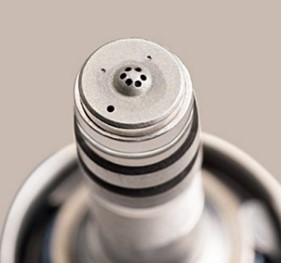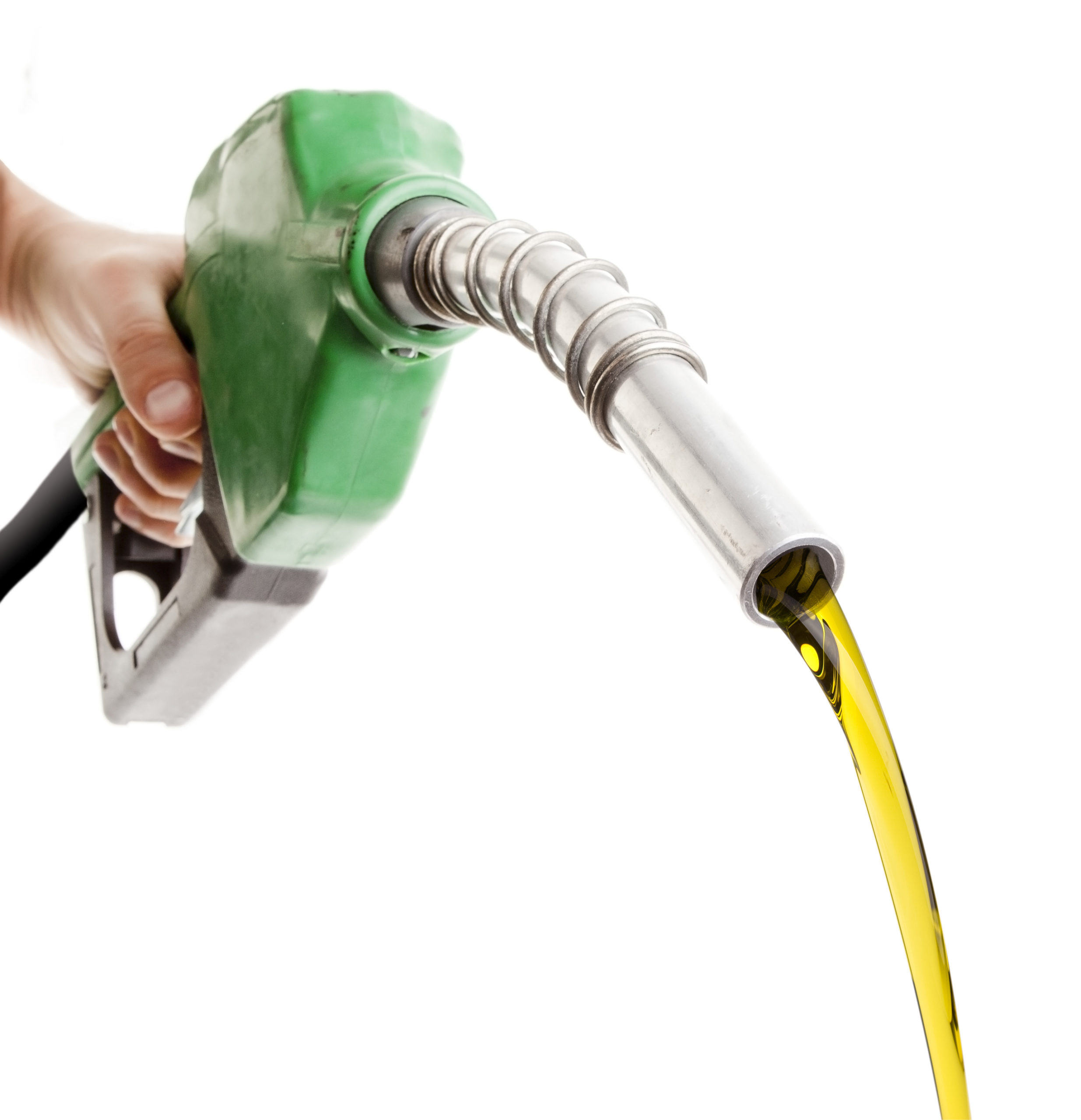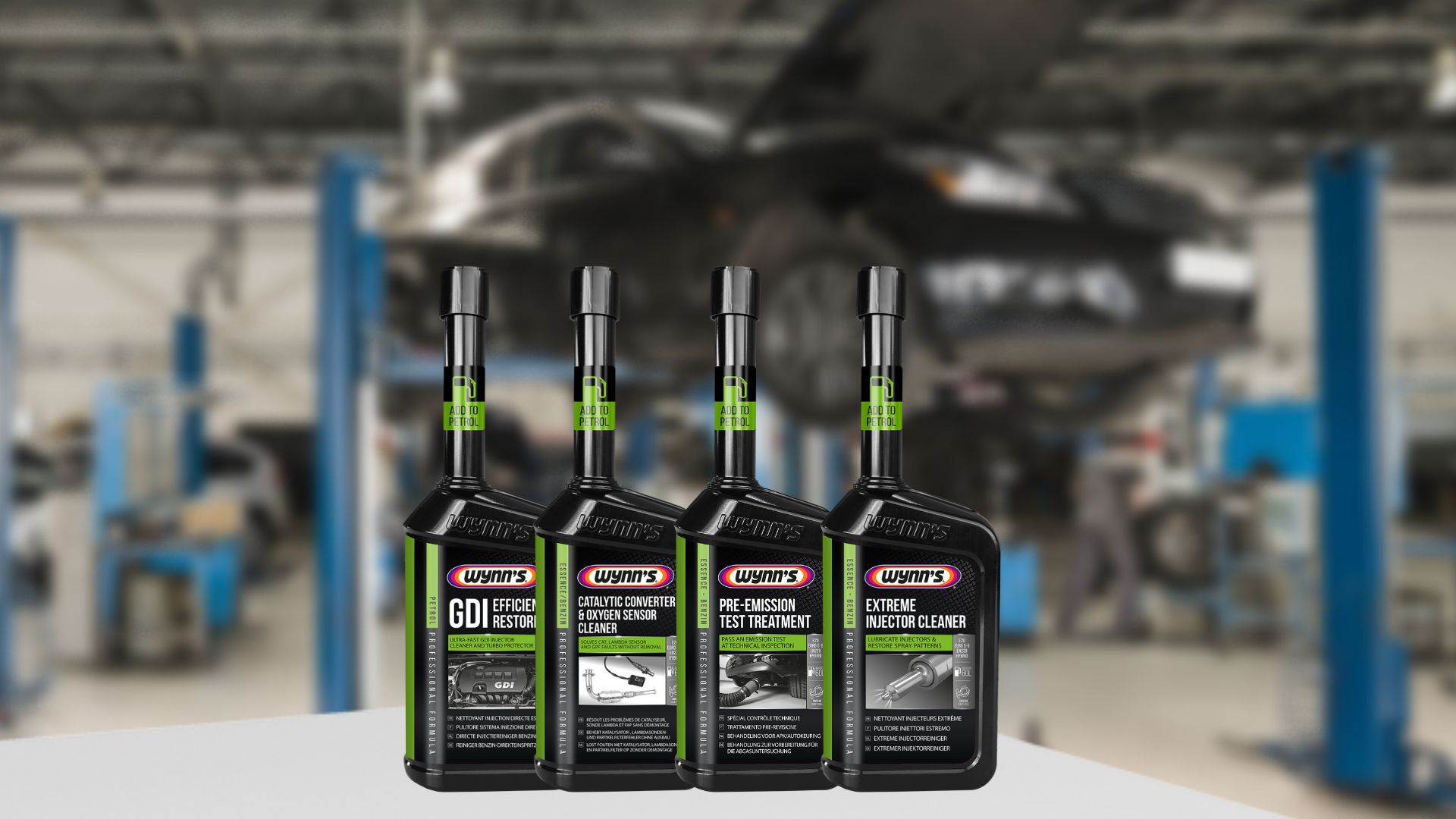Using an additive to clean the fuel system and particularly the injectors is beneficial for the vehicle’s performance, fuel economy and emissions.
Different Petrol Systems
Petrol fuel systems have developed over the years in order to meet the strict emission targets for vehicle manufacturers. Early vehicles incorporated a carburettor which distributed fuel in the engine from a single source. Although this was a good method, later emission targets could not be met with this type of fuel delivery. The system advanced to the single point injection. This means having one injector that is controlled by the management system to deliver the right quantity of fuel at the right time to the engine. Further developments came and the introduction of multi-point injection replaced the carburettor and single point injection systems. This system incorporated one injector per cylinder and delivered fuel just behind the intake valve where it would enter the cylinder. This system is controlled by the management system and injects the right amount of fuel at the right time to each cylinder. As a result, it leads to reduced emissions and improved vehicle fuel economy.
Today, we see modern vehicles using direct injection. They provide close distribution of the fuel directly to the cylinder leading to improved fuel combustion, lower emissions, and better vehicle performance.

Multi-Hole Injector
Problems of Fuel Systems and Fuel Degradation
Challenges in the system occur when natural fuel degradation takes place. Generally speaking, within four to six weeks, we can see natural degradation of petrol fuel. As the fuel degrades, lacquers and varnish can form in the fuel system. Vehicle conditions and driving styles can be a factor in the degradation of fuel and the problems we can experience with the fuel system. Contamination of the fuel system and dirty injectors lead to high fuel consumption, higher emissions, and poor vehicle performance.
The petrol fuel itself advances over time and we have seen changes and the introduction of biofuel. It is estimated that greener fuel could reduce CO2 emissions by 750.000 tonnes per year, equivalent of taking up to 350.000 cars off the road. Vehicles registered before 2002 are mainly not compatible with E10 and it is recommended to use E5 higher octane super fuel. Some petrol vehicles up to 2011 are compatible, however, it is recommended to use E5 higher octane super fuel as compatibility is vehicle specific. Compatibility can be checked on some government or manufacturer websites. Vehicles manufactured after 2011 are mainly compatible with E10 unleaded fuel but we recommend to always check this before use. Some manufacturers state to be compatible although it may lead to drivability issues such as poor cold starting, poor performance, engine misfire or imbalance.

Over time, depending on driving styles, kilometres covered and refuelling habits, there is an increased degradation of E10 fuel. Fuel with 10% ethanol absorbs more moisture than lower ethanol content fuels. As degradation occurs, the fuel can become corrosive to some metals, rubber hoses, seals, and fuel system components. It takes E10 petrol three months or longer than non-ethanol petrol (E0) to absorb enough moisture for phase separation to occur. By the time phase separation occurs in E10 petrol, the fuel is already stale, and engines can become difficult or impossible to start. The increase in lacquer formation contaminates fuel system components and can lead to poor running, misfires, and emission related fault codes. Ethanol fuel’s ability to absorb and retain water means it can become more corrosive. Over an extended period, this can cause damage to fuel system components. There are many things that effect the amount of moisture that can enter the fuel tank, such as weather conditions, the level of fuel is in the tank, how often it is filled up, mileage, and fuel cap seal can all influence the fuel.
Types of Fuel Additives
There are various types of fuel additives which can be used. Fuel and engine cleaners, catalytic converter cleaners, and emission reducers are probably the most common.
Cleaners will clean and remove lacquers and varnish from the system restoring injector spray patterns. This leads to improved fuel consumption, restored performance, and reduced emissions.
Not all additives work the same and the selection of the additive is important to ensure it meets the needs of the car driver. Higher quality additives will give a better and more efficient clean. They can also protect the system to prevent further contamination build-up over a period of time.
Why should additives be used?
Keeping the fuel system clean will reduce component wear and failure, maintain vehicle performance and response, reduce harmful emissions, and ensure the vehicle passes the vehicle emission test at the periodical inspection and ensure good and efficient fuel economy.
Generally speaking, it is sufficient to treat each vehicle with a fuel system additive when the vehicle is serviced on a regular basis . However, depending on driving styles, how the vehicle is used, the vehicle mileage and replenishment of fresh fuel, a treatment in between services is always beneficial. In some cases, low mileage vehicles can suffer more as the fuel in the fuel tank hasn’t been refreshed in for a longer time.
Preventative maintenance is the key to keeping the system and the vehicle clean and efficient.


Leave A Comment